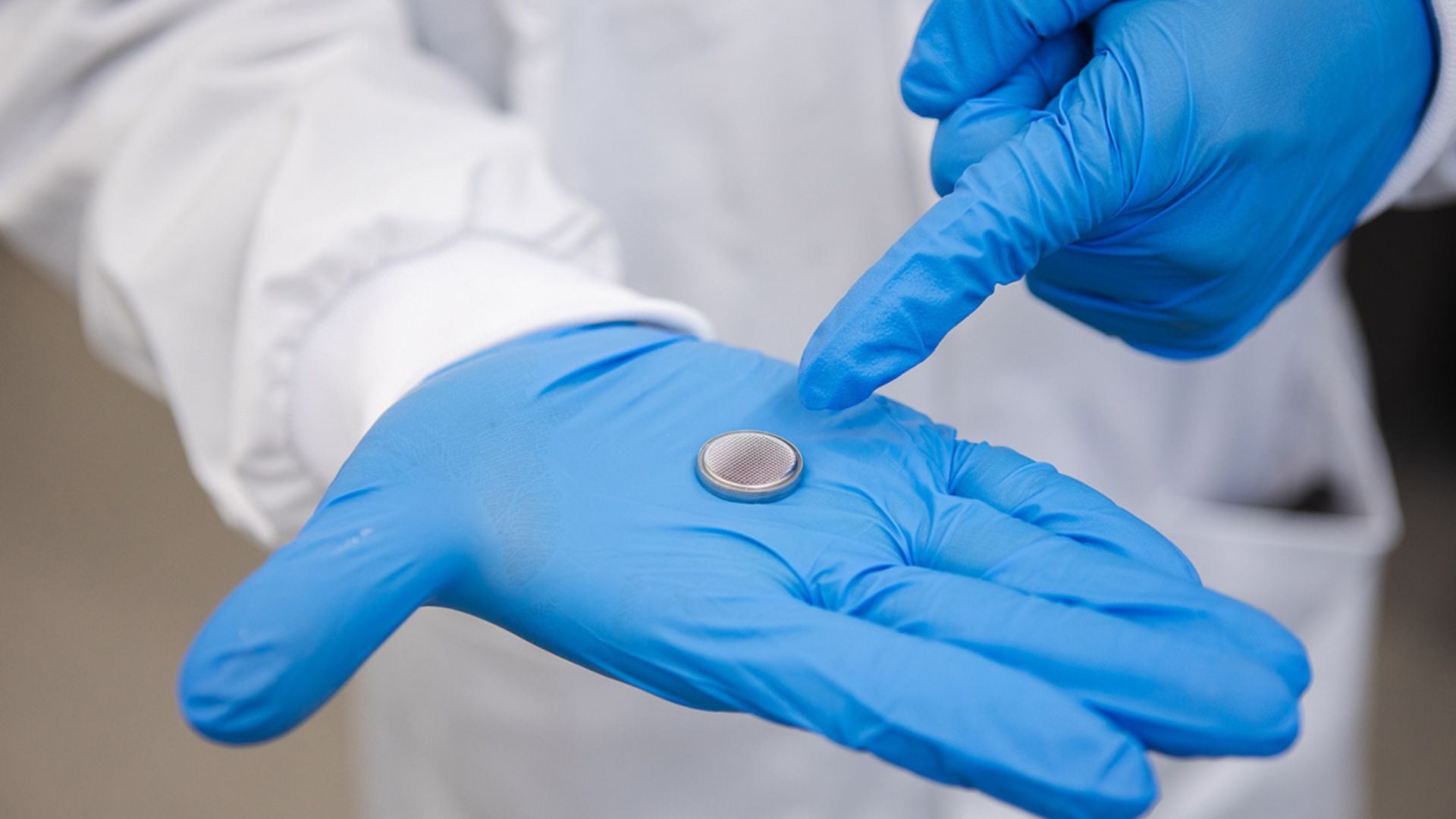Reusable and fireproof ‘water batteries’ promise explosion-free power
The team replaced organic electrolytes with water, ensuring no fire or explosions, unlike lithium-ion batteries.

A team of researchers led by the RMIT University in Australia has unveiled 'water batteries,' which promise to offer a safer alternative to lithium-ion energy storage.
The team eliminates the risk of fires or explosions in their batteries by employing water instead of organic electrolytes. In contrast to lithium-ion counterparts, using water ensures enhanced safety by preventing such hazardous incidents while still facilitating the flow of electric current between the positive and negative terminals.
While lithium-ion dominates the market, the emergence of new aqueous zinc-ion battery technology signifies a significant shift towards safer and more sustainable energy storage solutions, according to researchers.
The details of the team's research were published in the journal Advanced Materials.
Safer alternative

Rechargeable aqueous zinc-ion batteries (RAZBs) offer a safer alternative to lithium-ion batteries, utilizing non-toxic water-based electrolytes and cost-effective, high-capacity zinc anodes.
However, zinc anodes confront challenges like dendritic growth and hydrogen evolution reactions, impacting battery performance. Various strategies have been explored, including protective coatings to curb dendrite formation and pH adjustments at the electrode interface for hydrogen evolution reduction, according to the team.
In addressing technological hurdles for improved energy storage and lifespan, researchers conducted small-scale trial batteries, resulting in a breakthrough.
They successfully countered disruptive dendrite formation, those metallic spikes causing short circuits, by applying a protective bismuth and oxide(rust) layer to vulnerable battery components.
The resultant batteries "now last significantly longer – comparable to the commercial lithium-ion batteries in the market – making them ideal for high-speed and intensive use in real-world applications," said Tianyi Ma, lead researcher of the study and a professor at RMIT University, in a statement.
Sustainable option
The team's water battery also benefits from straightforward manufacturing processes, enabling viable mass production.
By utilizing abundant, cost-effective materials like magnesium and zinc—less toxic than alternatives—they mitigate environmental and health risks, reducing manufacturing expenses. "
"Addressing end-of-life disposal challenges that consumers, industry, and governments globally face with current energy storage technology, our batteries can be safely disassembled and the materials can be reused or recycled," said Ma.

The team's water battery is also rapidly approaching lithium-ion technology regarding energy density, striving to minimize space requirements per power unit.
Recently, they developed a magnesium-ion water battery boasting an energy density of 75 watt-hours per kilogram (Wh kg-1), up to 30 percent of the latest Tesla car batteries, according to researchers.
“The next step is to increase the energy density of our water batteries by developing new nanomaterials as the electrode materials, said Ma.
The team expects magnesium to emerge as the preferred material for forthcoming water batteries. Magnesium-ion water batteries could supplant lead-acid batteries within the next one to three years and potentially replace lithium-ion batteries in the longer term, around 5 to 10 years.
Lighter than alternative metals like zinc and nickel, magnesium offers superior potential energy density. It promises faster charging times and enhanced capacity to support power-intensive devices and applications.
The team's solutions are highly compatible with large-scale applications, particularly for grid storage and the integration of renewable energy. According to researchers, their emphasis on safety considerations further enhances their suitability for these purposes.
“As our technology advances, other kinds of smaller-scale energy storage applications, such as powering people’s homes and entertainment devices could become a reality," concluded Ma.
 SHOW COMMENT ()
SHOW COMMENT ()









